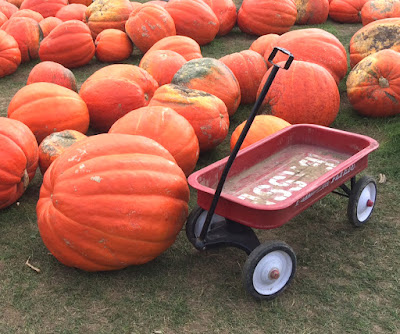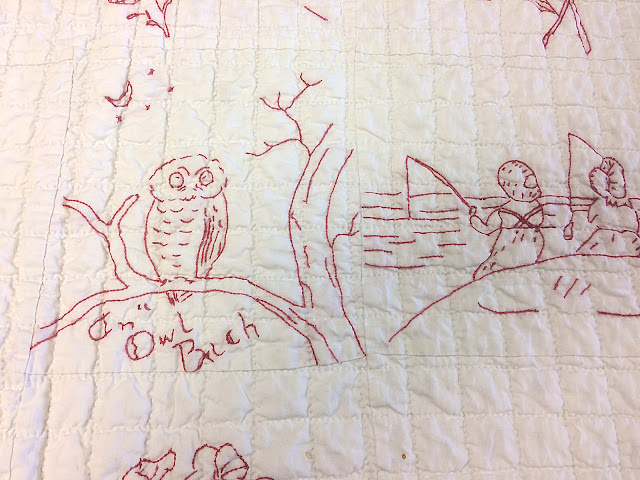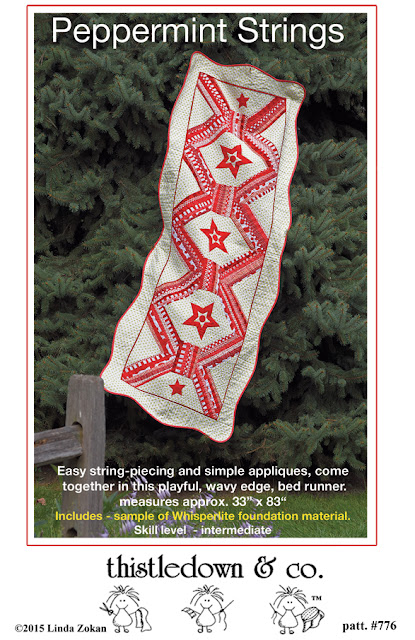Hi there, I've been a busy bee, I am redesigning my website for a more user friendly experience. In the process I've decided to place my tutorials over here on my blog.
Please bear with me. I am trying my best to get them all over here quickly.
The first one is a tutorial on how to String piece a quilt block.
First... what is a string quilt? A quilt made from kite string? Butchers string? NO, not from literal strings.....
In the case of quilts, the term string, actually refers to strips of fabric. The fabric strips can be of almost any width. Usually 2-1/2" or less, all the way down to 1/2" if you dare.
The strips or "strings" are stitched side by side to a base foundation for the purpose of stabilizing any bias edges (especially if using scraps) and to keep the strings straight (not curving) and on course. In many cases, as in the tutorial below, the strings are stitched diagonally across the quilt block.
String quilts are a fabulous way to use up your stash for a scrappy look. you can also be more precise about color choices and placement for a more graphic and dramatic quilt.
Below is my tutorial for making a string quilt block using Whisperlite as the foundation instead of muslin or paper. You'll love it.
Enjoy stitching.
How to string piece a quilt block using Whisperlite tracer/foundation
String piecing is a great way to utilize your fabric scraps, use up some of your precious fabric stash, or, you can always go shopping at your favorite quilt shop for more.
String piecing on a foundation will stabilize your work along with any bias edges. Traditionally, muslin was used as a foundation, but muslin adds a lot of extra weight to your finished quilt. Sometimes paper foundations are used but then, when you are done stitching, you have to tear away all the paper. Groan.....
That is very messy, and time consuming. Don't know about you, but I'd rather spend my time stitching than tearing.
By using Whisperlite as the foundation, there is no need to remove it when you are done sewing, and it is super lightweight. You can barely tell it is there.
You can "string piece" free form (without any drawn lines) or, if you like, you can draw the position and width of the strings directly on the whisperlite foundation. In this example I am showing a string pieced quilt block with the stitching lines drawn on the Whisperlite tracer foundation, and placed diagonally on the block foundation.
Step 1. Cut the Whisperlite foundation to the size of the block you want. Make sure to add your 1/4" seam allowance to all sides. Draw the stitching lines for the "strings" of your block with a regular pencil. The closer together the lines are, the smaller your strings will be. That means you can use narrower strips, but it also means more stitching. The strings can be of varying widths, and can be lined up evenly, or skewed like this example. It's up to you or the pattern you are using.
Step 2. Cut your fabric into 'strings" (strips) allowing extra width for seam allowances and placement. I cut most of mine 1-1/2" to 2-1/2" but again it's depends on your design.
Place two of the strings right sides together, and place them under the Whisperlite with at least 1/4" extending past the line you are going to stitch on.
You can start in the center as I did here, or, start from one corner and travel across the block.
Pin the strings in place.
Step 3. Stitch your first strings on the drawn stitching line, with the Whisperlite on the top, through all layers. I used a dark thread so you can see it better.
 | | | |
| Step 2 - String Quilting quilt tutorial by Thistledown and Company | | | | | |
|
 |
| Step 3 - String piecing quilt tutorial by Thistledown and Company |
Step 4. Turn your block over so the fabric is on top, then flip the strips open as shown.
Press. The new string should cover the next stitching line with an
additional 1/4" for the next seam. You can hold and fold your strings as
you put them in place to be sure they are wide enough before stitching
them in place. If you are free-form stringing you don't have to worry
about it.
 |
| Step 4 - String piecing quilt tutorial by Thistledown and Company |
Step 5. If your seam allowance of the just stitched seam is more than 1/4", trim the seam allowance to 1/4". Do this after adding each string.
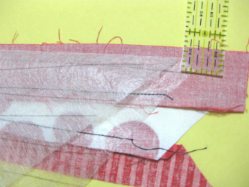 |
| Step 5 - String piecing quilt tutorial by Thistledown and Company |
Step 6. Add another string to the last one sewn. Make sure that when you place it, that you have at least a 1/4" seam allowance past the next line that is on the foundation.
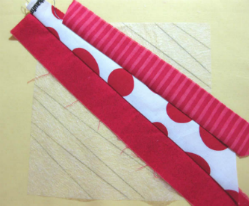 |
| Step 6 - String piecing quilt tutorial by Thistledown and Company |
Step 7. Continue adding strings until the entire block of the Whisperlite foundation is covered with fabric strings.
It's as easy as..... stitch, sew, trim, flip, press....repeat
 |
| Step 7 - String piecing quilt tutorial by Thistledown and Company |
Step 8. Turn the quilt block over to the wrong side and trim it square using the edges
of the Whisperlite as your trimming guide, or use the markings on your ruler.
Caution....you may find yourself addicted to string piecing.
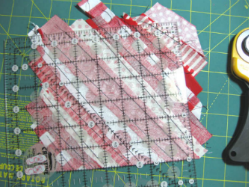 |
| Step 8 - String piecing quilt tutorial by Thistledown and Company |
Here's a block that I started from one corner and I have trimmed two sides.
I hope this tutorial fully explains String-piecing, or foundation-piecing to you.
It's a fun technique, give it a try.
Whisperlite tracer/ foundation is sold by the yard. Whisperlite 42" wide.
It is not a fusible product but you can iron it and fuse to it.
You can find it
here...or
here.... or ask for it at your favorite quilt shop.
This is the pattern that inspired this tutorial.
Peppermint Strings - a Bed runner quilt pattern
You can find it here


